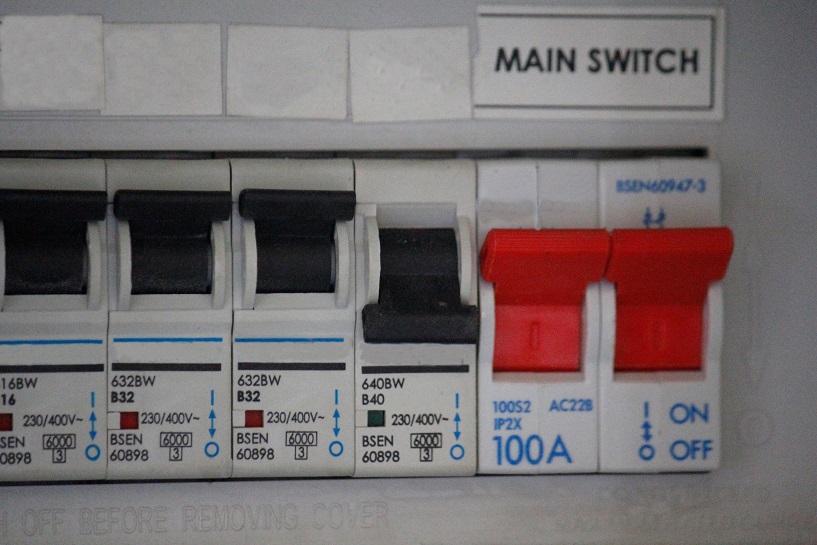
Electricians
Search

Electricians
Search

When it comes to our at-home electrics leaving things to the professionals is always the best option. Understanding the basic components that make up your home’s electrical system can help you recognise the tell-tale signs that say it’s time to call in an electrician for maintenance, repairs or upgrades.
The consumer unit sits at the centre of the electrical system. Whether residential or commercial, every property needs one. Here we explain why as well as reveal the basics of the modern day consumer unit.
Often referred to as a fuse board, a consumer unit is a crucial part of the electrical system. It’s charged with powering each and every circuit that services your home, from your indoor and outdoor sockets to your lighting and other wired installations.
Ultimately, your consumer unit is the all-encompassing, single source of power within your home. It actively controls and distributes electricity, whilst protecting from electrical surges by breaking these circuits if needs be.
The consumer unit is made up of a mains switch, residual current devices or RCDs, and circuit breakers.
The mains switch can be used to switch your home’s entire power supply on or off. A consumer unit’s RCDs are just as important, in fact, they are lifesaving. RCDs turn off or ‘trip’ the power to a particular circuit if a fault is detected, a process that could prevent you from sustaining a fatal injury if you touch a live component. They also regulate the flow of electricity throughout your property.
The third and final main component of a consumer unit is the circuit breakers. These are responsible for identifying overcurrent faults and turning off the power to reduce the risk of shock. The average consumer unit features six circuit breakers in total.
All these components are housed in casing made from either metal, plastic or another non-combustible material.
According to the latest wiring regulations every new or rewired residential property must be fitted with RCDs, preferably as part of a wider consumer unit. Ideally, every home should have a consumer unit to ensure optimum protection from shock and overloaded cables.
Knowing where your consumer unit is located is vital. You need to be able to switch your electricity on or off during an emergency. Having your consumer unit tested is also recommended to guarantee continued protection and fault detection.
Looking for advice or assistance with your consumer unit? Use our search tool today to find a local electrician who can help.